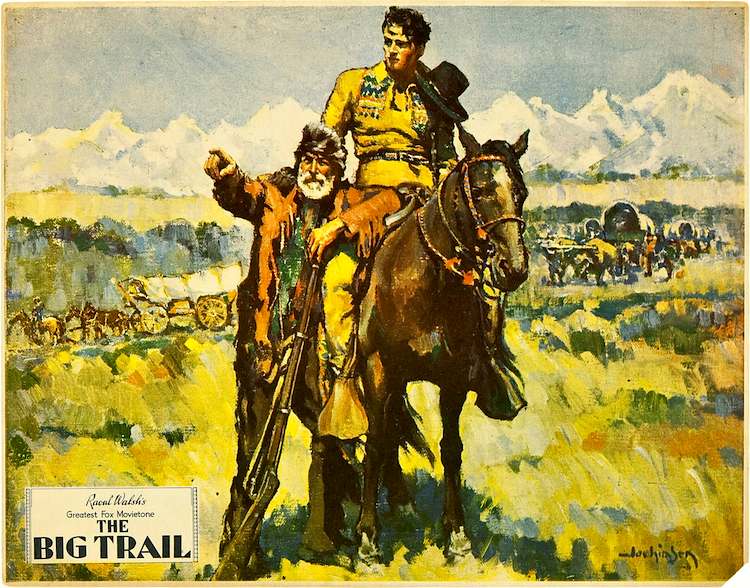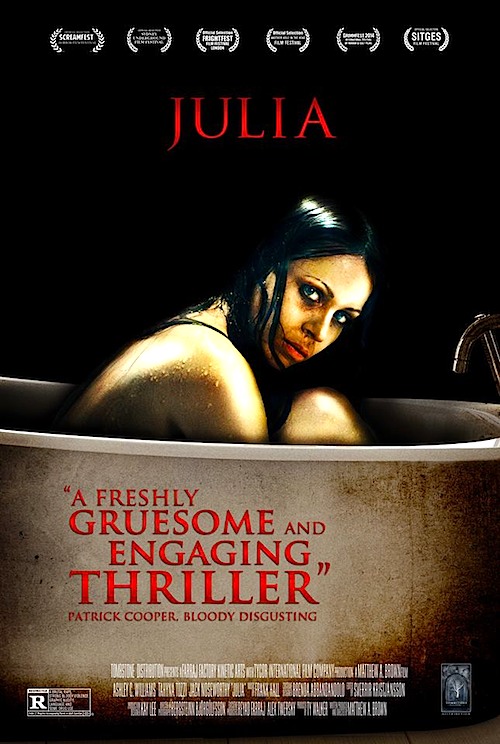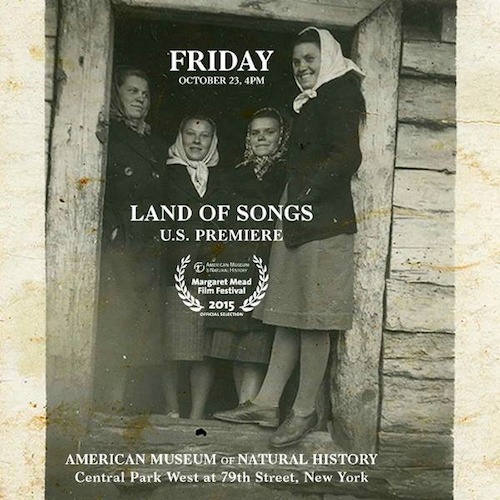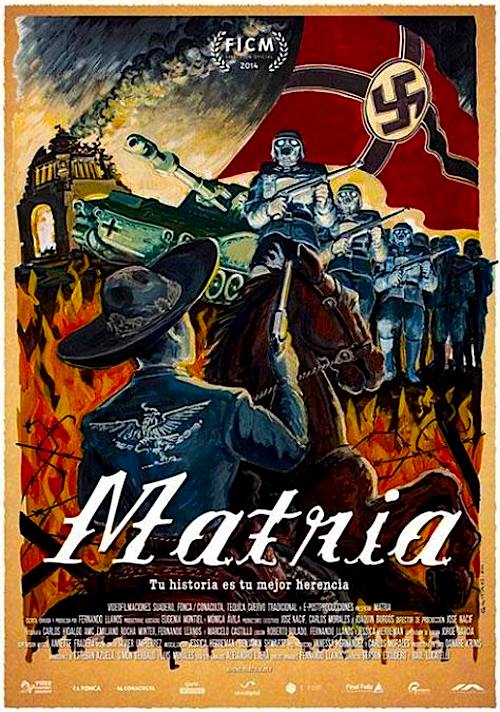By Joe Bendel. Finally, horror movie writer and fan Tal Zimerman answers the question us genre fans get all the time. Basically, that would be “wtf?” To put it in other words, why do we watch such outrageous and often horrific images for our own amusement? Zimerman puts fandom on the couch and pronounces it of sound mind in Nicolas Kleiman & Rob Lindsay’s documentary, Why Horror?, which airs this Friday on Showtime.
Zimerman started as a fan and collector, eventually evolving into a magazine writer. However, when he became a new father, he took a harder look at all the spectacularly gruesome DVDs, books, and posters that gave his home such a distinct identity. Obviously, this was the time to re-examine his lifestyle, so he might as well do it with a film crew in tow.
Starting with his family, Zimerman traces the development of his fandom. He had one good friend and fellow horror compadre in high school, who is now a programmer for the Toronto International Film Festival, so the whole fandom thing clearly worked out for them. He also takes a wider cultural-historical view of the genre, eliciting analysis from art historians, literature professors, cultural anthropologists, sociologists, and psychologists. By widening the cultural focus, Zimerman also gets to travel to Japan to discuss horror manga and Kaidan Kabuki Theater, as well as celebrate the Day of the Dead in Mexico. Still, he is a good sport for allowing several research scientists hook him up to various monitors while he watches some blood and guts.
The big takeaways probably will not be especially shocking to anyone. A case is made that horror fans live more fruitfully because they are more fully aware of man’s mortality and they are better suited to deal with the darker manifestations of human nature. It also turns out guys are more likely to score if they take their dates to a horror movie, provided they act appropriately stoic and manly.
They also legitimately argue there is no better way of studying a society or country’s fears and hang-ups at a given time than through its horror flicks. People’s collective Freudian baggage comes out embarrassingly plain as day. A cigar to an eyeball is never just a cigar to an eyeball. It represents the threat of nuclear weapons, modernity, globalization or what-have-you.
However, Zimerman and company miss part of the appeal of these films. Nothing sharpens your sense of humor like a horror movie. We’re not talking about campy Roger Corman mutant-monster movies here. The more perverse and extreme a film might be, the more your inner comic sensibility looks for an opening to score a laugh—at least that is our personal experience.
Regardless, Zimerman and the gang cover a lot of ground, touching base with most of the acknowledged classics, but also squeezing into plenty of 1980s VHS rarities. He talks to a veritable who’s who of horror filmmakers, including masters like George Romero, Don Coscarelli, Takashi (The Grudge) Shimizu, and John Carpenter, up-and-comers like Karen Lam and the Soska Sisters, and figures in between, like Eli Roth and Ben Wheatley. It is breezily entertaining, but with enough substance to make you feel like you partook of some serious cultural criticism rather than just gawking at some gory clips. Recommended for genre fans, Why Horror? premieres this Friday (10/30) on Showtime, with subsequent broadcasts scheduled on the related Showtime networks.
LFM GRADE: B
Posted on October 29th, 2015 at 2:50pm.





